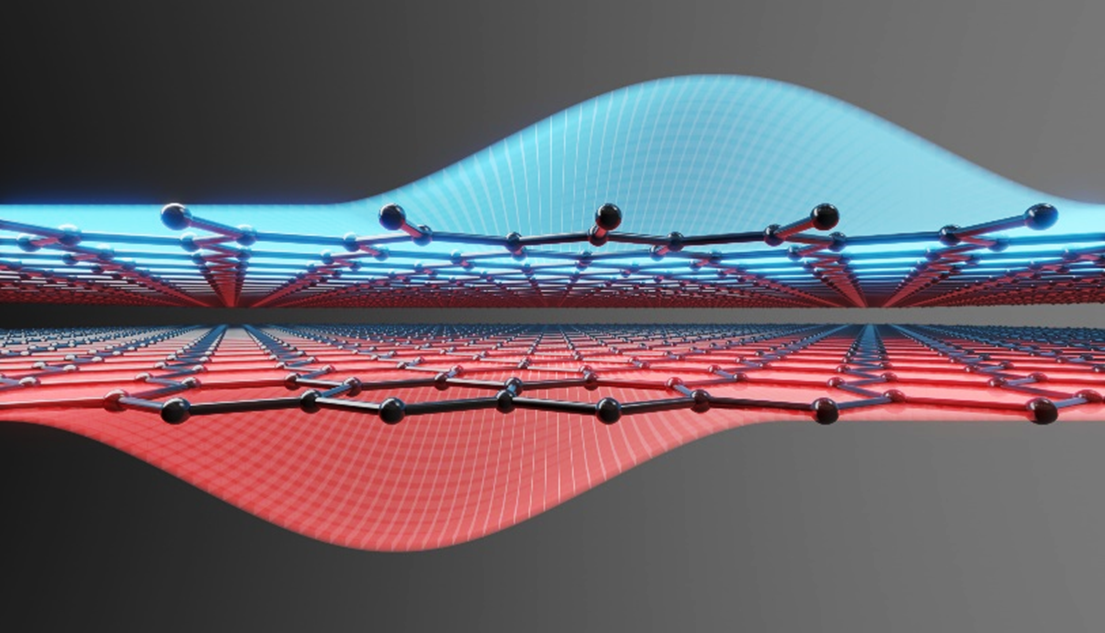High-Performance Computing (HPC) has revolutionized scientific research, computational modeling, and data-intensive applications. At the heart of this groundbreaking technology lies HPC architecture, a sophisticated system that enables the efficient processing of complex calculations and massive data sets. In this article, we delve into the world of HPC architecture, examining its key components, design principles, and the transformative impact it has on various fields.
Understanding HPC Architecture
HPC architecture refers to the design and organization of hardware and software components that power high-performance computing systems. These systems are built to deliver exceptional computational power, enabling scientists, engineers, and researchers to tackle computationally demanding tasks that would be infeasible with traditional computing resources.
Compute Nodes
The compute nodes form the foundation of an HPC system. These nodes are typically high-performance servers or clusters consisting of multiple individual computers interconnected by a high-speed network. Each compute node comprises processors (CPUs or GPUs), memory, storage, and networking interfaces.
Interconnect
The interconnect is a crucial component that provides high-bandwidth, low-latency communication between compute nodes. It allows for efficient data transfer and coordination among nodes, enabling parallel processing and distributed computing capabilities.
Storage Subsystem
HPC architectures incorporate specialized storage subsystems capable of handling large-scale data storage and retrieval. This includes high-speed storage options like solid-state drives (SSDs) and network-attached storage (NAS) or storage area networks (SANs) for centralized data access.
Software Stack
HPC systems rely on specialized software stacks designed to optimize performance and scalability. This includes parallel programming models, compilers, schedulers, job management systems, and libraries tailored for HPC applications.
Parallelism
HPC architecture emphasizes parallelism, dividing tasks into smaller sub-tasks that can be executed simultaneously across multiple compute nodes or processor cores. Parallel programming techniques, such as message passing interface (MPI) and threading models like OpenMP, allow for efficient distribution of workloads and data across the system.
Scalability
HPC systems are designed for scalability, allowing the addition of compute nodes to handle increasing workloads and larger data sets. Scalability ensures that computational resources can be expanded as needed without sacrificing performance or efficiency.
Fault Tolerance
HPC architectures incorporate fault-tolerant mechanisms to ensure system reliability and minimize disruptions caused by hardware failures. Redundancy, fault detection, and error correction techniques are employed to maintain system availability and data integrity.
Scientific Research
HPC enables complex simulations, computational modeling, and data analysis in fields such as physics, chemistry, biology, and climate science. It facilitates breakthroughs in understanding complex phenomena and accelerates scientific discovery.
Engineering and Design
HPC supports computational fluid dynamics, structural analysis, and optimization for engineering applications. It enhances product design, accelerates time-to-market, and enables advanced simulations for industries like aerospace, automotive, and manufacturing.
Data Analytics and Machine Learning
HPC architecture empowers big data analytics and machine learning algorithms, allowing for rapid processing and analysis of massive datasets. It facilitates advancements in artificial intelligence, deep learning, and data-driven decision-making.
Healthcare and Life Sciences
HPC enables genomics research, drug discovery, medical imaging analysis, and personalized medicine. It supports advancements in understanding diseases, identifying treatments, and improving patient care.
HPC architecture forms the backbone of high-performance computing systems, unleashing extraordinary computational power and enabling breakthroughs across numerous fields. By leveraging parallelism, scalability, and fault tolerance, HPC architecture empowers scientists, researchers, and engineers to tackle complex problems, process vast amounts of data, and unlock new frontiers of knowledge. As technology advances, HPC continues to push the boundaries of what is possible, revolutionizing industries, driving innovation, and accelerating scientific and computational discovery.





